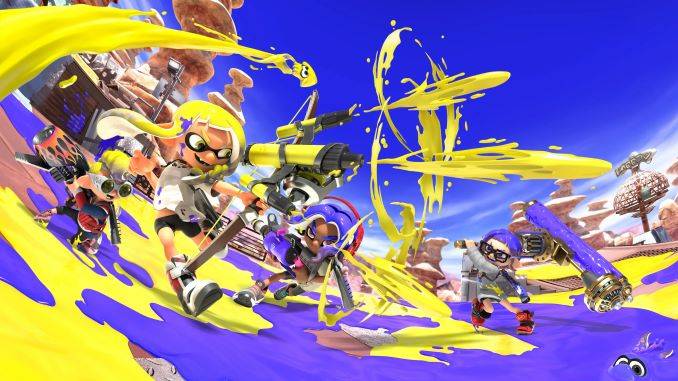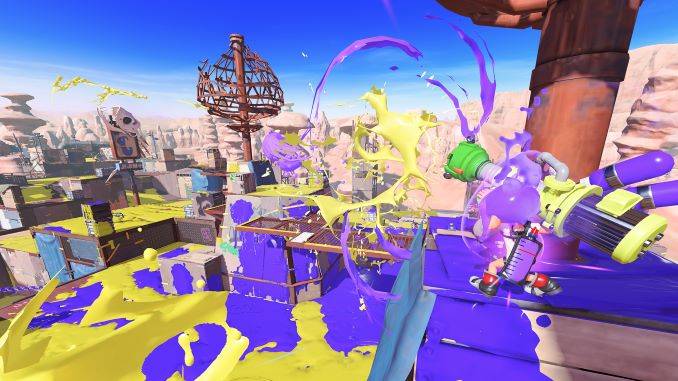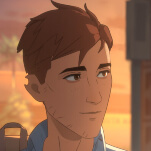Splatoon 3 Is More Splatoon and That’s Lovely

Being confined to solely Nintendo consoles until my teens, I had never experienced the euphoria that is wasting away hours while playing multiplayer games online with friends. Call me asocial or weird, but nothing about random matchmaking, clans, or prestige ever enticed me; why spend money on a game if you can’t enjoy it in solitude? Nintendo themselves tried to challenge this snobby attitude when they released Splatoon in 2015 for the Wii U (rest in peace my asymmetrical buddy, gone but not forgotten). Finally I was the prime demographic for an online shooter, and by that I mean I was someone who actually owned a Wii U.
Splatoon was bright and colorful, a third-person shooter full of punk spirit, fashionable clothes, and gallons of neon ink. Sure there was no voice chat, and yes the Wii U’s online capabilities were, to put it politely, limited, but it was a first-party online multiplayer game from Nintendo. A brand new frontier to conquer, or, well, attempt to conquer. Nintendo stumbled Splatoon, slowly molding it into a fleshed-out experience by the time Splatoon 2 launched in 2017, which itself burned hot for a moment before fizzling out after more games launched on the Switch. Third time’s the charm though, right?
Enter Splatoon 3, the second game in the series to grace the Nintendo Switch—or second and a half if you count the massive Octo Expansion DLC as its own mini-adventure. For a series that never set the world on fire, sales of the newest release have been absolutely bananas, particularly in Japan. The series is finally having its major moment, and having spent a full week trying to experience everything it has to offer, I can understand why: Splatoon 3 is simply more Splatoon. And with a half-decade gap between games, people are realizing that’s a good thing.
This isn’t exactly a hot take; dozens of reviewers slapped down an 8/10 and deemed the game as more of the same. That means more Squid, more Kid, and more messy battles though its diverse and incredibly enjoyable game modes. The multiplayer options—Turf Wars, the various types of Anarchy Battles, and the raid-like Salmon Run—are all taken from previous entries, but prove to be no less of a polished and chaotic time than they were originally. Even its single-player campaign—when it isn’t fumbling things like setting, level variety (those break the target levels, SO HELP ME GOD), or catchy music—provides an ample good-time.
None of that is what this article is going to focus on. Sorry! Look, if you’re reading this belated review to help inform you whether or not Splatoon 3 is worth your time and hard-earned money, I’ll save you from scrolling to the bottom of the page: If you liked the others, you’ll like this one, and if you didn’t, there’s not much here that will change your mind. Easy peasy octo squeezy. You’re welcome.

-

-

-

-

-

-

-

-

-

-

-

-

-

-

-

-

-

-

-

-

-

-

-

-

-

-

-

-

-

-

-

-

-

-

-

-

-

-

-

-








































